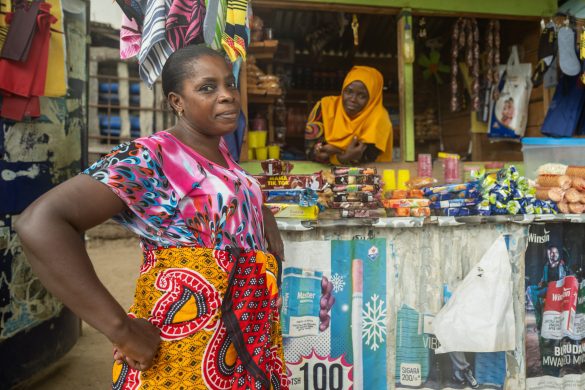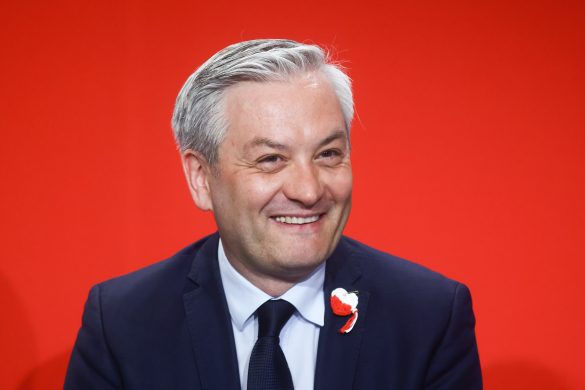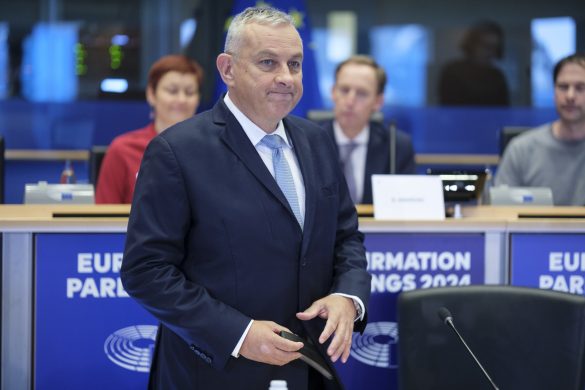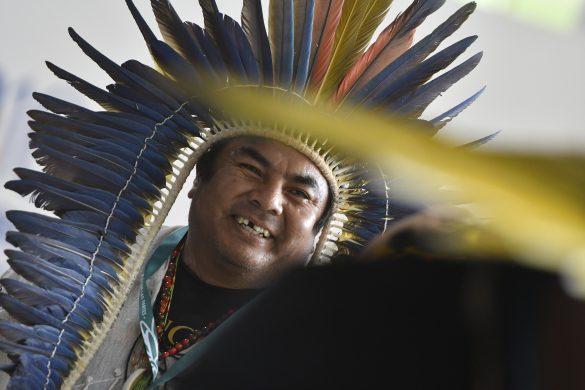Skal Afrikas vækst og dynamik fortsætte, bør kontinentets fremtidige finansiering i udvikling af infrastruktur ikke overlades til udenlandske donorers luner. I stedet skal det finansieres af bedre partnerskaber, øgede investeringer og skattepolitik.
Denne pointe var et centralt tema på den niende udgave af det Afrikanske Forum for Udvikling, ADF9, som fandt sted i Marrakesh i Marokko i slutningen af oktober.
Participants at the meeting included high profiled policy makers, finance ministers, business leaders, experts and thought leaders from the African continent and across the world.
All gathered to discuss the theme for this year’s forum – innovative financing, or alternative mechanisms, for financing transformative development in Africa.
With Africa enjoying an average growth rate of about 4% in 2013, compared with 3% for the global economy, as well as high rates of return for investors, the continent is attracting global attention.
Before the Ebola epidemic impacted West Africa, economic estimates projected Africa’s average growth rate to rise from four percent in 2013 to six percent in 2015.
Udfordringer for Afrikas udvikling
Most donor countries around the world are shrinking their aid budgets, and shifting trends in aid allocations by donor countries add to an unpredictable development outlook.
According to the Organisation for Economic Co‑operation and Development (OECD), foreign assistance totaling 26.2 billion US dollar (154 milliarder DKR) in 2013 is a decrease of four per cent in real terms (taking inflation in account) since 2012.
The use of newer technologies like horizontal drilling and hydraulic fracturing to extract oil from shale deposits e.g. in United States – has also introduced new challenges for African economies.
Some African oil producers are already experiencing that the lack in revenues makes it hard to finance future development projects.
Tema til forummet: Nytænkning er nødvendig
Against this background of tighter foreign aid payments, unreliable Official Development Assistance (ODA) targets, and falling oil exports, the ADF9 forum opened.
As the forum focuses on innovative mechanisms for development financing in Africa, those topics indicated the relevance of the forum.
While many in the development community define innovative financing as “non-traditional sources of development finance”, the concept in and of itself represents an important shift in how we think about development.
“This shift,” UNDP’s Gail Hurley writes, “is founded on a reduced role for ODA and a much larger role for the private sector” when it comes to development.
Nye private partnerskaber og initiativer
The private sector as a development partner and financing mechanism was the highlight of one of the opening speeches delivered on the first day of the forum by the Senegalese president, Macky Sall.
President Sall referred to Senegal’s use of so called “build-operate-transfer” initiatives to build critical economic infrastructure.
Under this public-private financing mechanism, infrastructure and construction projects are set in motion by the government, allowing a private sector company or companies to build the asset, run it for a limited time period and generate revenues to make back the cost of construction, before transferring it back to the government.
Senegal plans to use this financing mechanism to shore up much needed infrastructure.
Skatteindtægter varierer I Afrika
Taxes for infrastructural development were a topic discussed at the forum. Africa has limited domestic resource mobilisation through tax collection. While African government tax revenue reached a record of 513 billion dollar in 2012, tax collection as a proportion of GDP is, on average, just 27% across Africa. However, the tax revenues varies a lot from country to country.
For example, Zimbabwe, which has no oil revenues, obtains 93% of earnings from taxes and has one of the highest tax revenue to GDP ratios in the world at 46.3%. An oil producer like Nigeria on the other hand comes in at 0.61%.
Nigeria is like a lot of African countries that rely “on natural resource rents, combined with largely informal economies,” creating “a situation where direct taxation on incomes and companies is very limited,” explained ADF9 panelist Machiko Nissanke, who is professor of economics at the School of Oriental and African Studies in London.
Ansvarlige regeringer kan give skattegevinst
The professor continued this argument:
“African governments have to be seen to be accountable to domestic stakeholders,” he said, and argued, “There is the need to re-establish the social contract between taxation and the provision of public service.”
At the ADF9 forum, researchers from European Center for Development Policy Management (ECDPM) suggested: “Incentives need to be created, in particular for resource-rich countries, to pursue more politically demanding forms of taxation.
Efficient tax administration systems combined with public trust in the Government(s) that would spend these taxes on basic needs would allow African countries to raise domestic resources from taxes more efficiently and sustainably, the researchers added at the forum.














